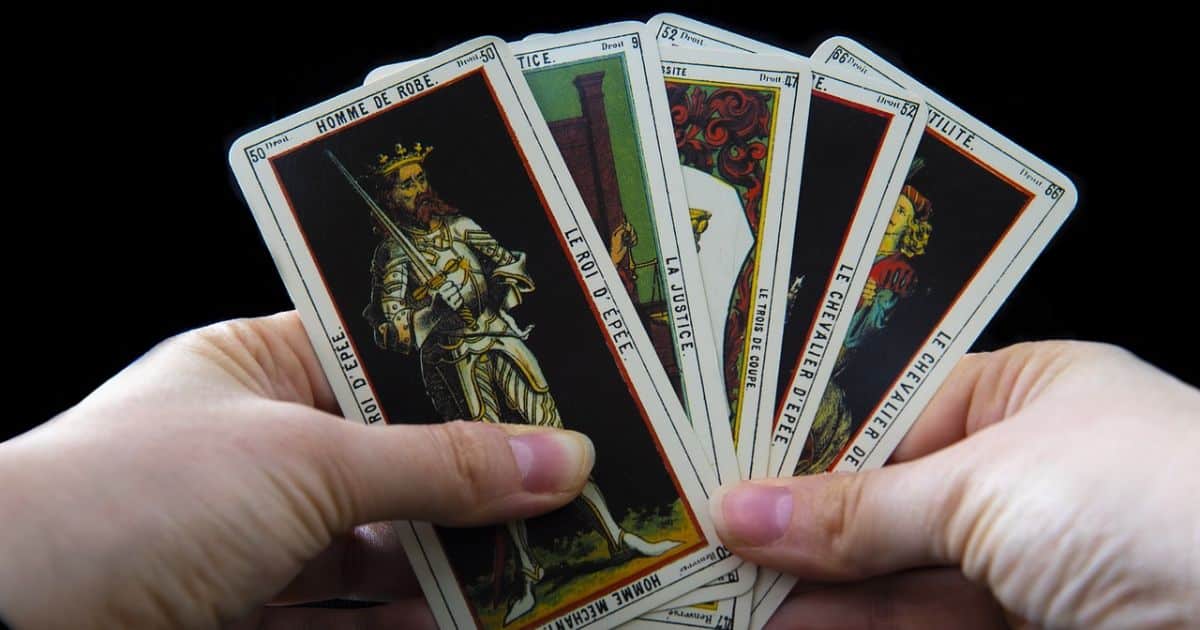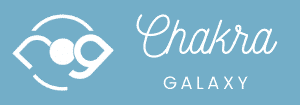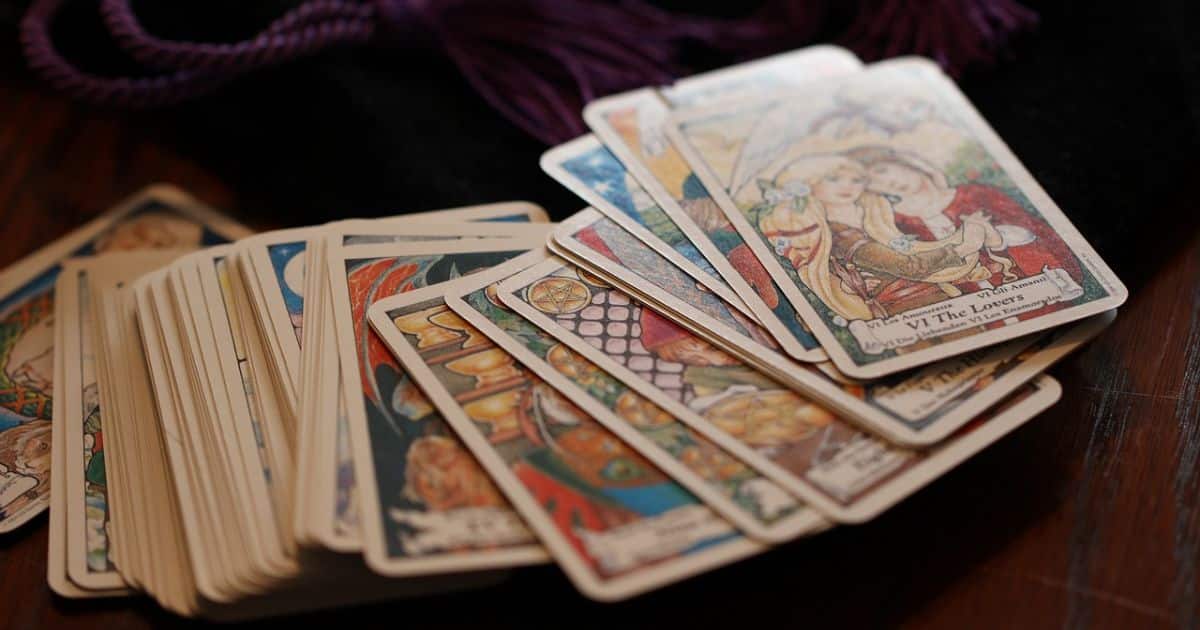Embarking on the journey of understanding Tarot? Welcome, brave soul. This mystical world of cards is as exciting as it is profound. Whether you seek personal insight or wish to weave the threads of fate, you’re in the right place. Let’s explore this ancient divination tool together, unearthing secrets, symbols, and untold wisdom. Are you ready to step into the unknown?
Basic Structure
The Tarot deck comprises 78 cards, divided into two principal groups: the Major Arcana and the Minor Arcana. People working at The Fools Journey Tarot explain how the first consists of 22 cards representing life’s karmic and spiritual lessons. These cards narrate the story of our journey through life, from the innocent Fool to the accomplished World.
The Minor Arcana, on the other hand, features 56 cards divided into four suits — Cups, Pentacles, Swords, and Wands. Each suit represents one of the four elemental energies and portrays our day-to-day experiences. The Minor Arcana also includes 16 court cards — King, Queen, Knight, and Page — depicting different aspects of our personalities or individuals in our lives. Together, these 78 cards create a comprehensive tool of guidance and wisdom, the mystical Tarot.
Symbolism and Imagery
The rich symbolism and vivid imagery of Tarot cards are gateways to revealing profound insights. Each card is a veritable canvas of archetypal symbols drawn from diverse roots, such as mythology, astrology, numerology, and Kabbalah. These symbols, from simple elements like water, denoting emotion, to complex figures like the sphinx, representing mystery, contribute to a card’s meaning. The imagery, colors, characters, landscapes, and even clothing details on the cards aren’t arbitrary. They serve as visual cues to the reader, adding layers of meaning.
For instance, a mountain may symbolize an upcoming challenge, while a river could indicate the flow of life’s events. Thus, understanding the symbolism and imagery is crucial for decoding the wisdom of Tarot, transforming these cards from mere pictorial representations into mirrors of our inner psyche and life path.
Learning Resources
You can always find numerous valuable resources on this topic if you look hard enough. Here are some starting points:
- Books
- Websites and online platforms
- Mobile apps
- YouTube channels
- Tarot courses
- Communities and forums
Books by renowned Tarot enthusiasts offer in-depth knowledge and interpretations. Websites and online platforms provide interactive learning experiences. Mobile applications offer convenient, on-the-go access to Tarot meanings, spreads, and techniques. YouTube channels present visual and auditory learning opportunities.
Formal Tarot courses provide a structured, comprehensive education. Lastly, participating in communities and forums allows for the exchange of ideas, experiences, and interpretations with fellow Tarot enthusiasts.
Intuition and Personal Interpretation
Reading Tarot is not merely about understanding symbolic imagery, but more about tapping into your innate intuition. This powerful internal compass guides the reader to perceive beyond the card’s prescribed meanings, enabling a unique, personalized connection with the deck. Every card’s interpretation may shift based on the question asked, the situation at hand, or even the reader’s mood.
This is where personal interpretation comes into play, adding a subjective layer to the traditional meanings. It’s this interplay between objective symbolism and subjective interpretation that makes a Tarot reading truly individual and insightful. It’s a conversation with your higher self, a spiritual sojourn where your intuition, like a silent guide, leads you to the answers hidden within the mystical cards.
Tarot Spreads
Tarot spreads are specific arrangements of cards drawn from the deck, providing a framework for a Tarot reading. Each position in the spread represents a different aspect of the question being asked. From a simple three-card spread representing past, present, and future to more complex layouts like the Celtic Cross, which delves into deeper facets of the query, spreads are as varied as they are insightful.
The choice of spread depends on the nature of the query, with certain spreads better suited for specific types of questions. Interpreting a Tarot spread requires understanding the meaning of each card and the significance of its position, casting light on the intricate web of connections between the cards.
Cleansing and Bonding
This process purifies the cards of any residual energy, establishing a personal and energetic connection between you and your deck. Cleansing can be achieved through various methods such as smudging with sage, placing the deck in moonlight, or using crystals.
Bonding, on the other hand, requires spending time with your deck, handling the cards, and meditating with them. It’s through this intimate interaction that the cards become an extension of your intuition, a reflection of your inner wisdom. This cleansing and bonding ritual symbolizes a fresh start, free from past influences, allowing the Tarot to become a reliable guide in your spiritual exploration.

As you embark on your Tarot journey, remember that it’s a personal exploration of your inner self intertwined with the wisdom of the universe. Embrace the mystique, engage with the symbolism, and always trust your intuition. With patience and practice, the mystical Tarot cards will become a powerful guide on your path to self-discovery and spiritual growth. Dive in and let the magic unfold!

